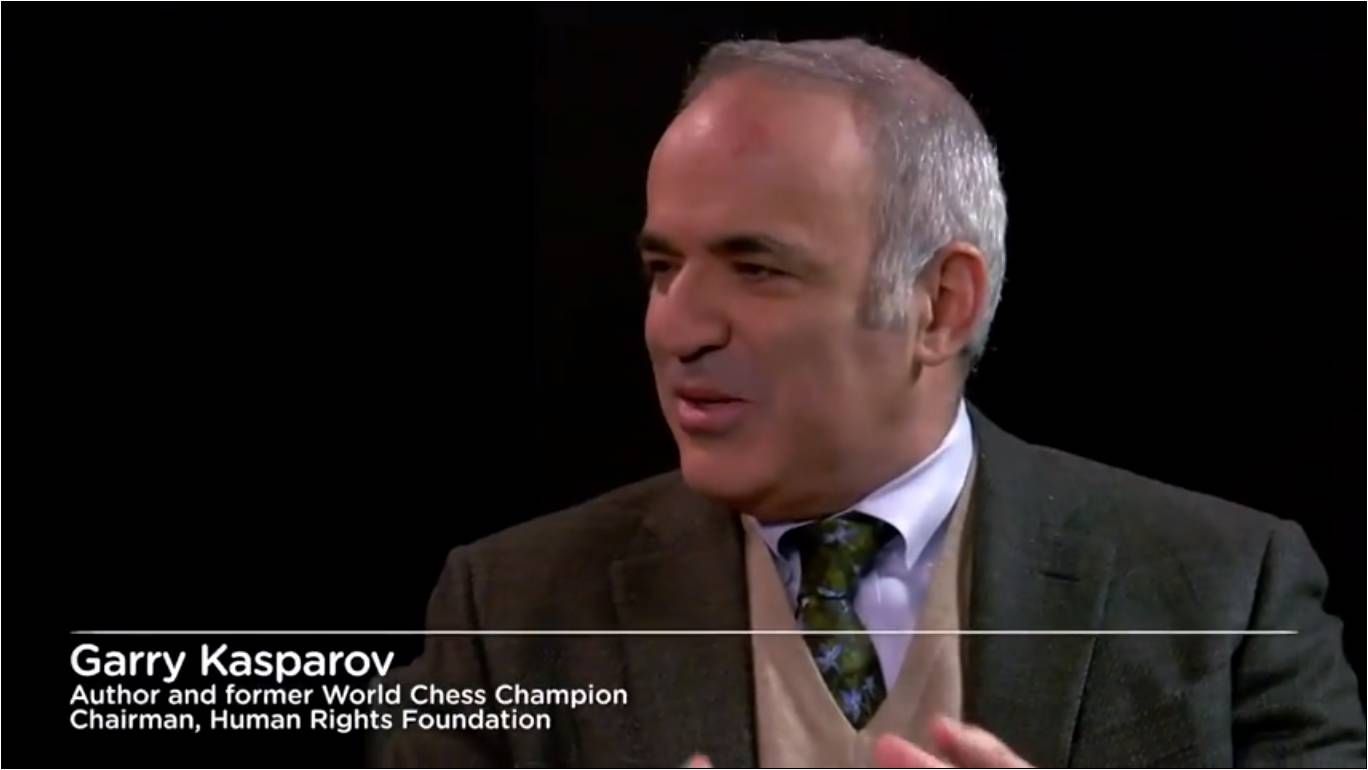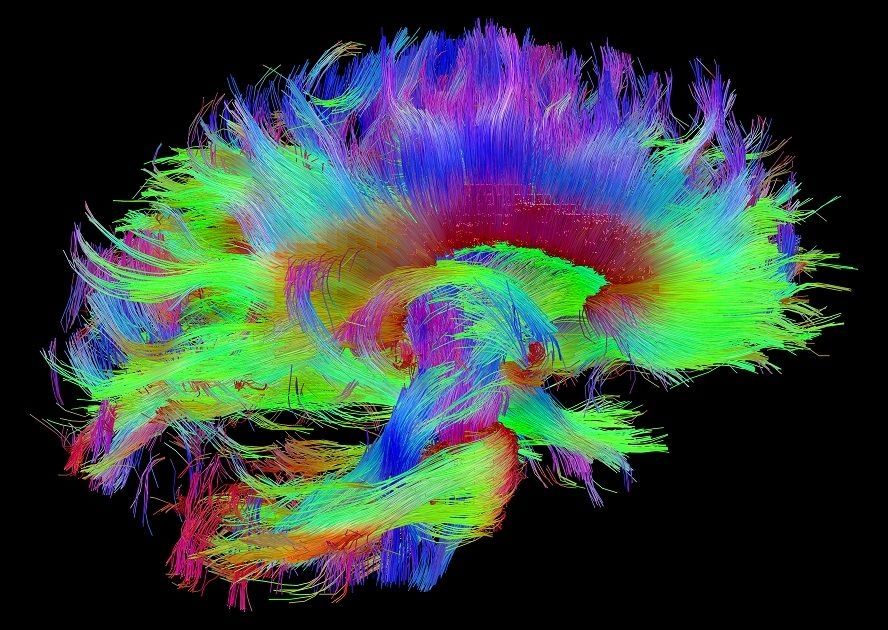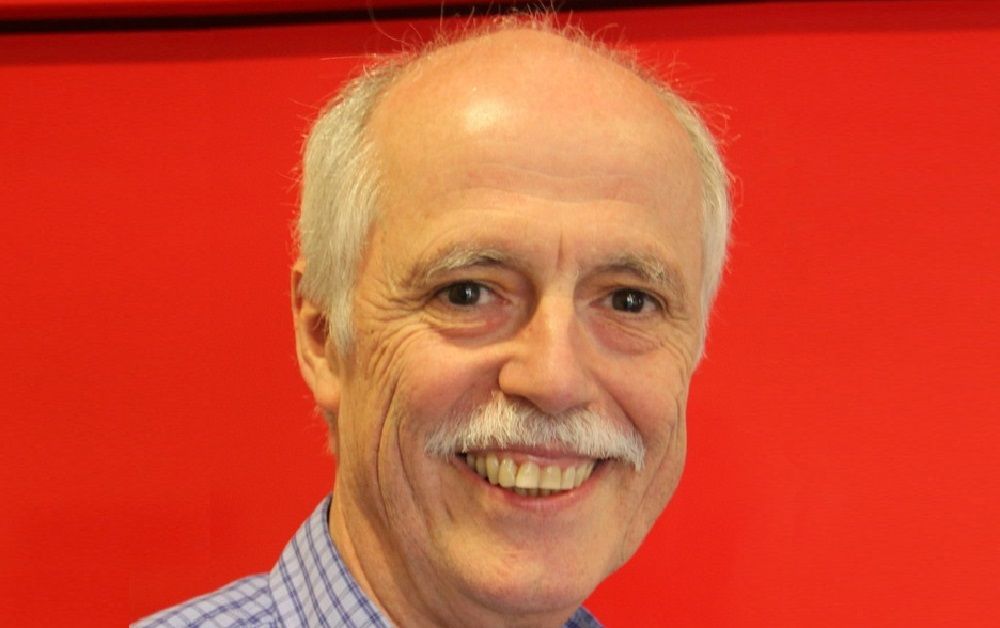Jan 15, 2018
Garry Kasparov on Artificial Intelligence, Technology and Politics, and AlphaZero Chess
Posted by Müslüm Yildiz in categories: innovation, robotics/AI
Former world chess champion and human rights activist Garry Kasparov discusses artificial intelligence and the political and social implications of it.
Drawing on his recent book “Deep Thinking,” Kasparov outlines what he considers the potential of new technologies built on “machine learning.” Kasparov explains why free societies must prioritize technological progress and embrace the challenges associated with innovation. Finally, Kasparov considers the new artificial intelligence chess program, AlphaZero—what we can learn from it about chess, as well as the relationship between humans and machines.


















